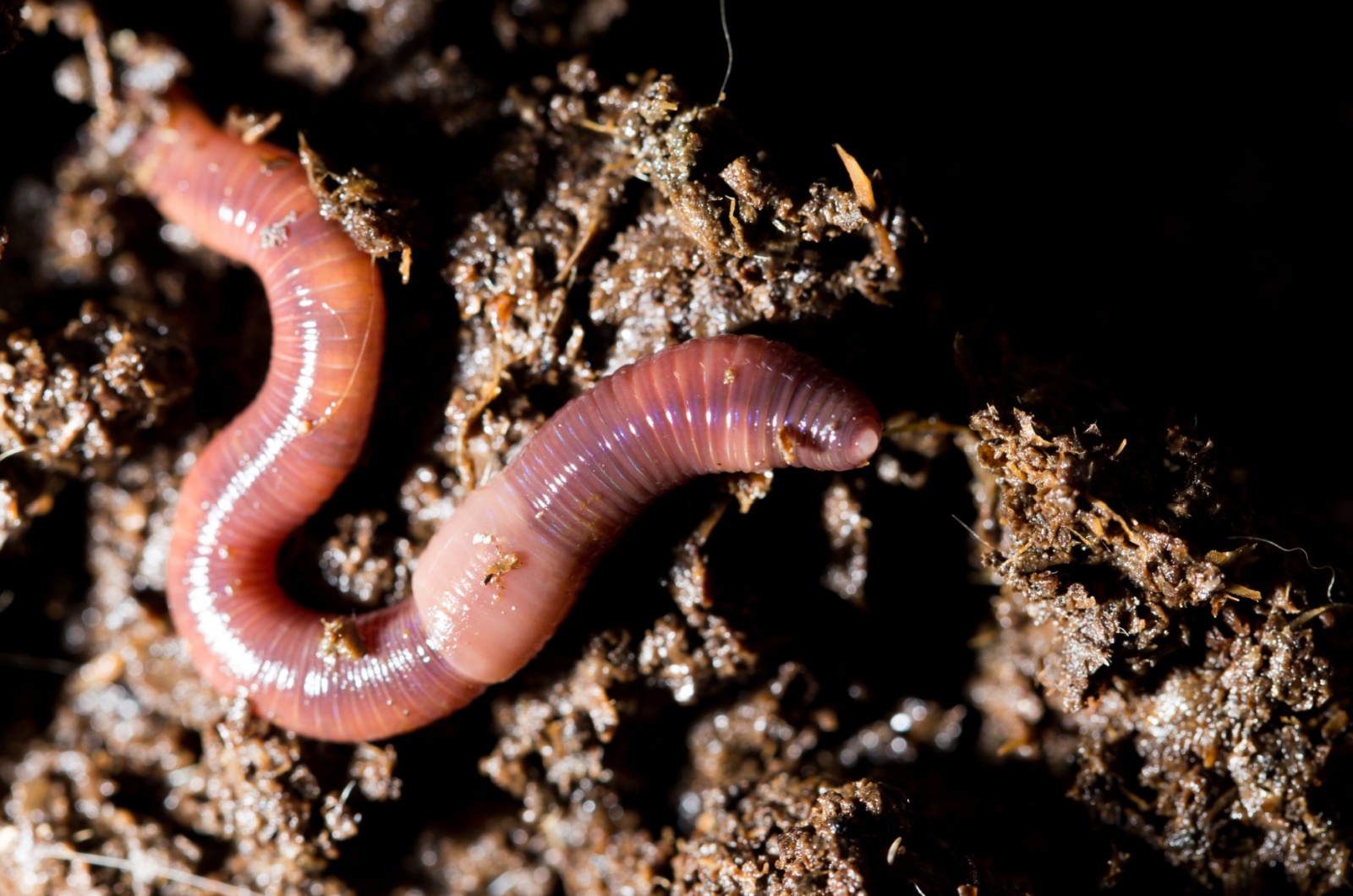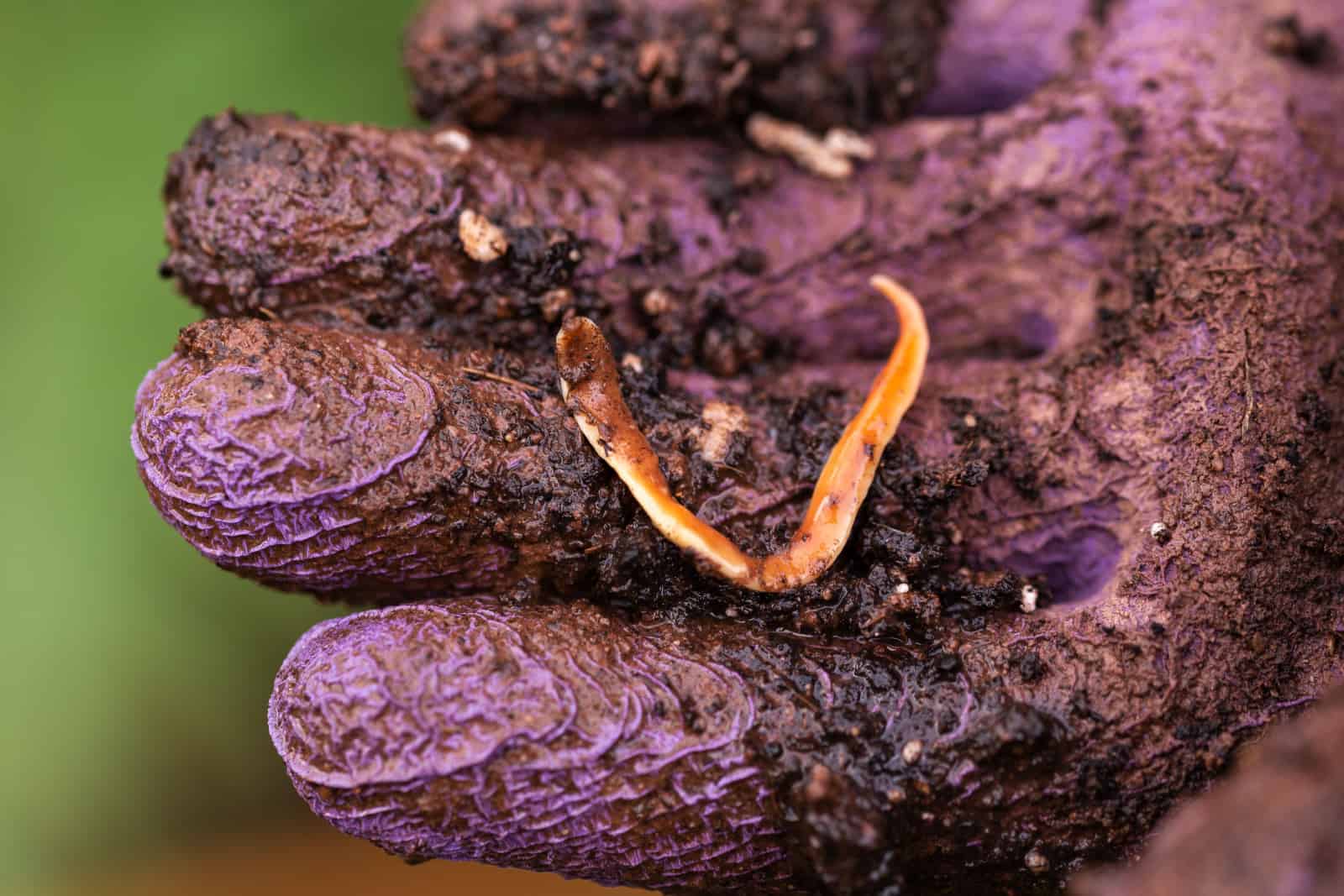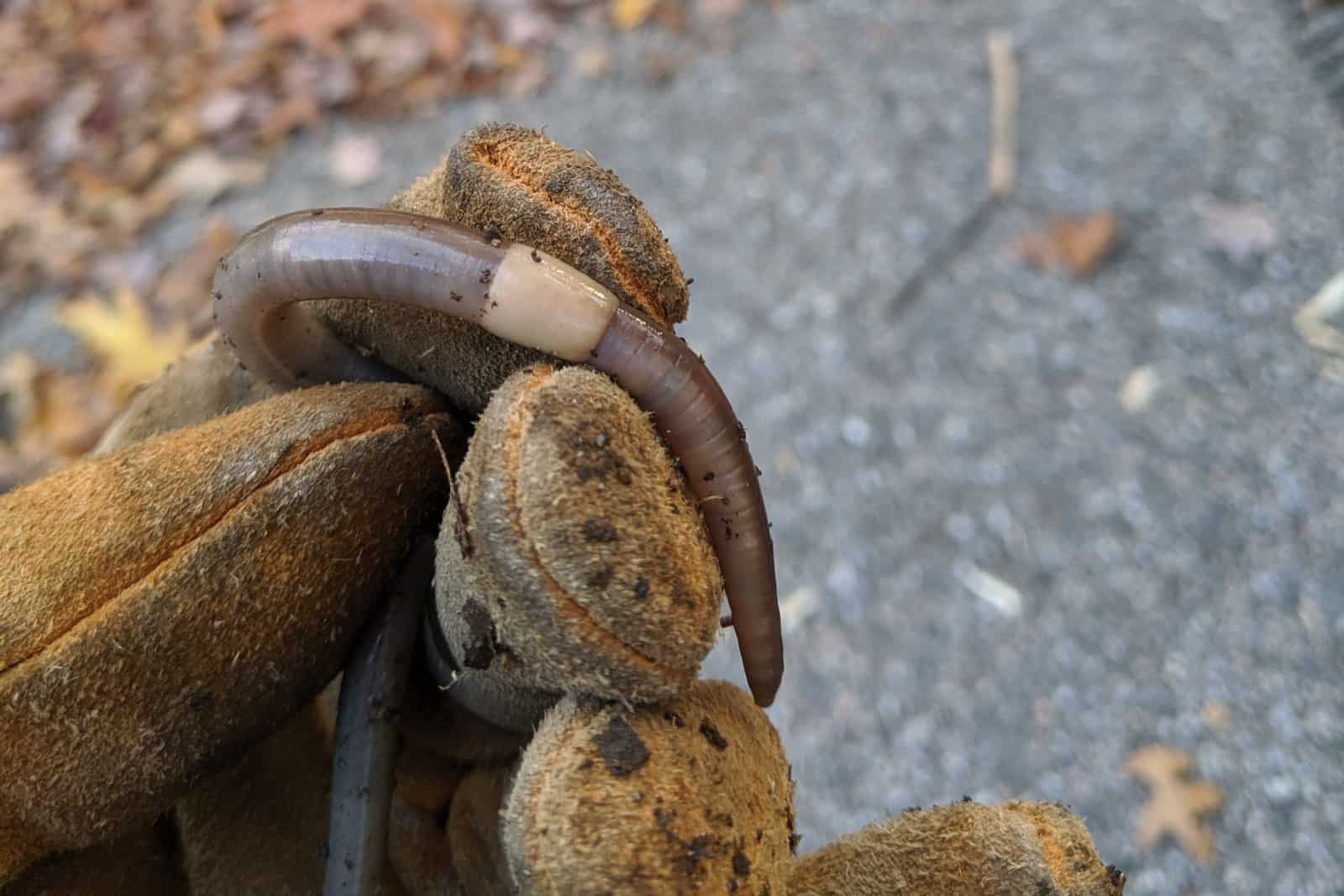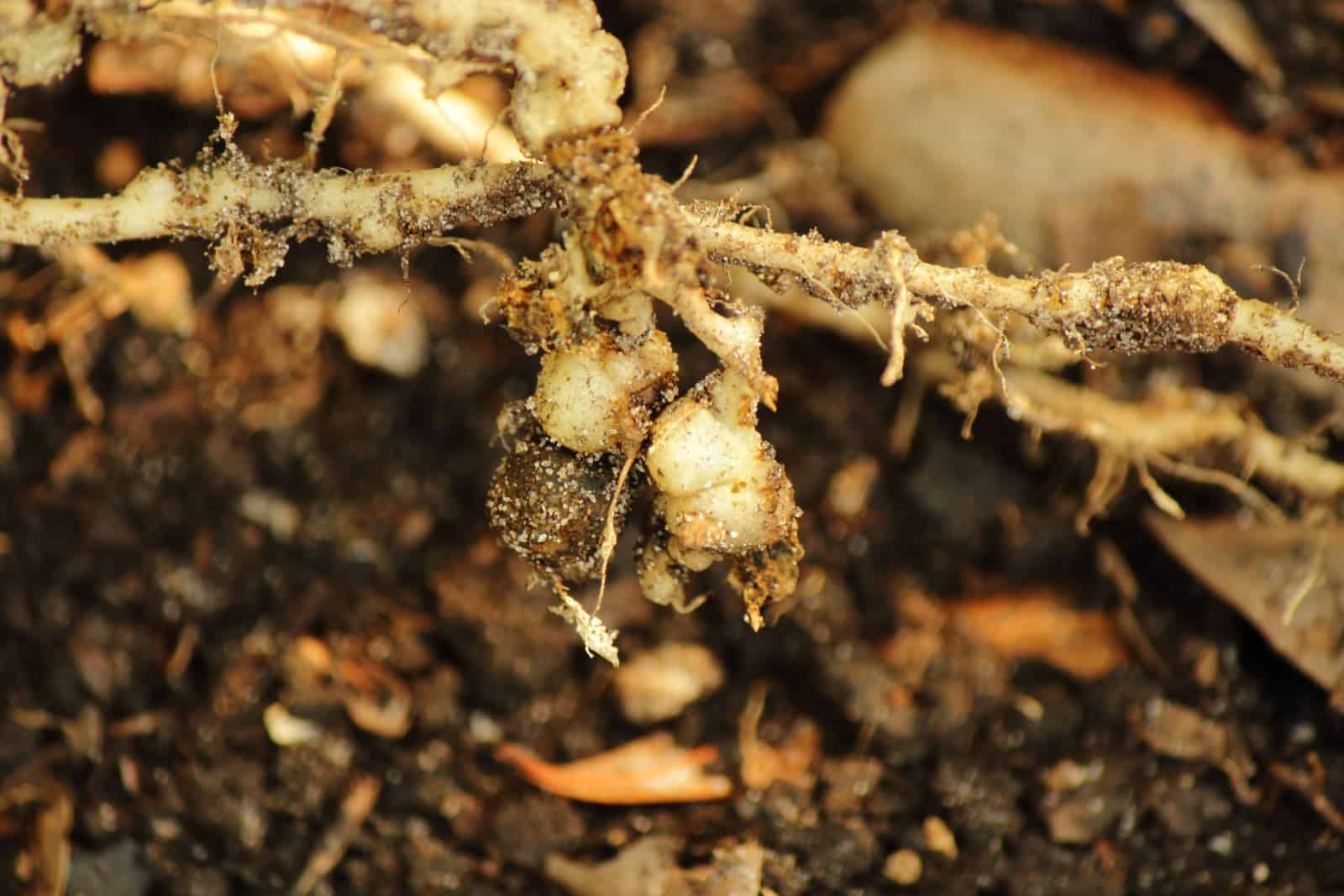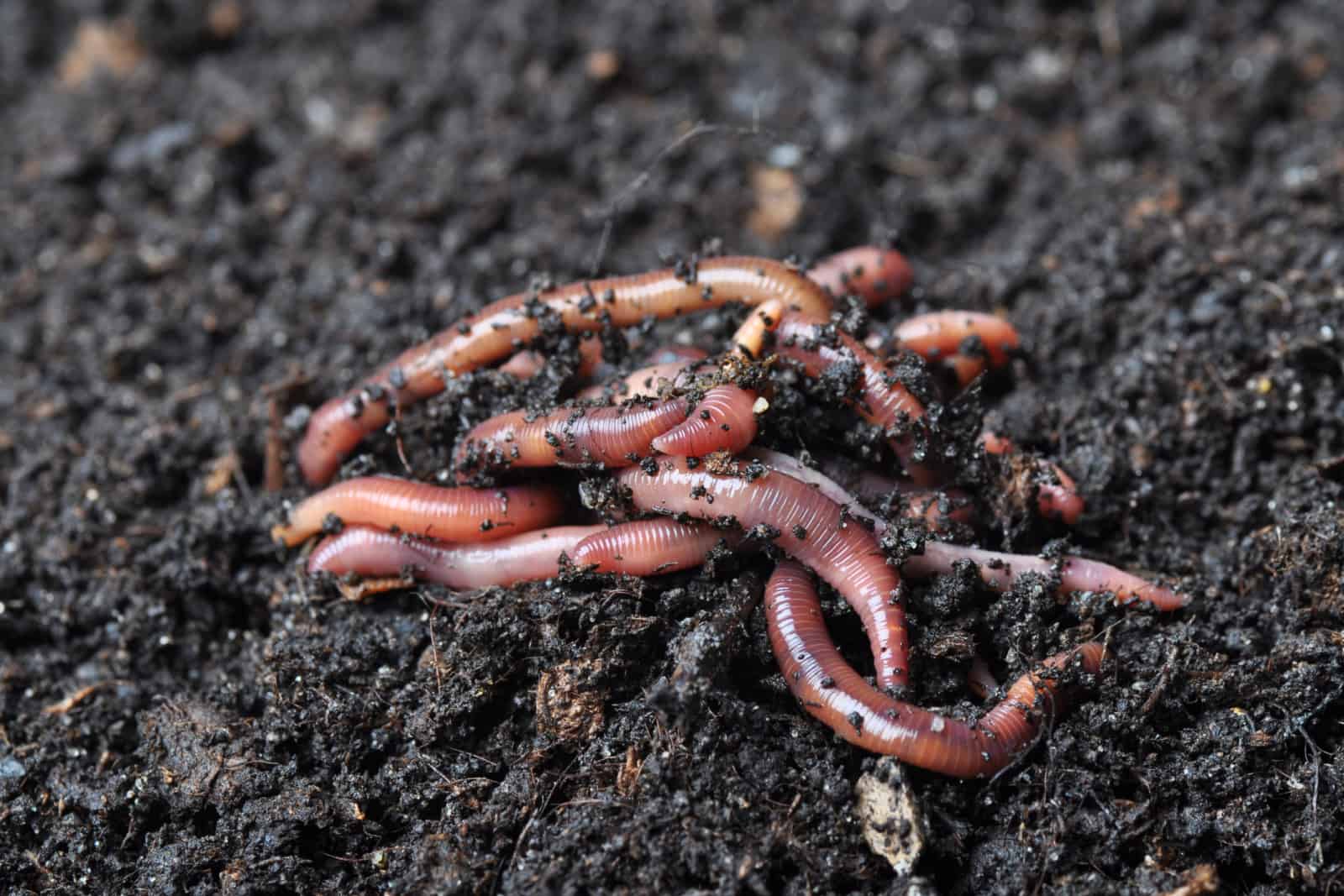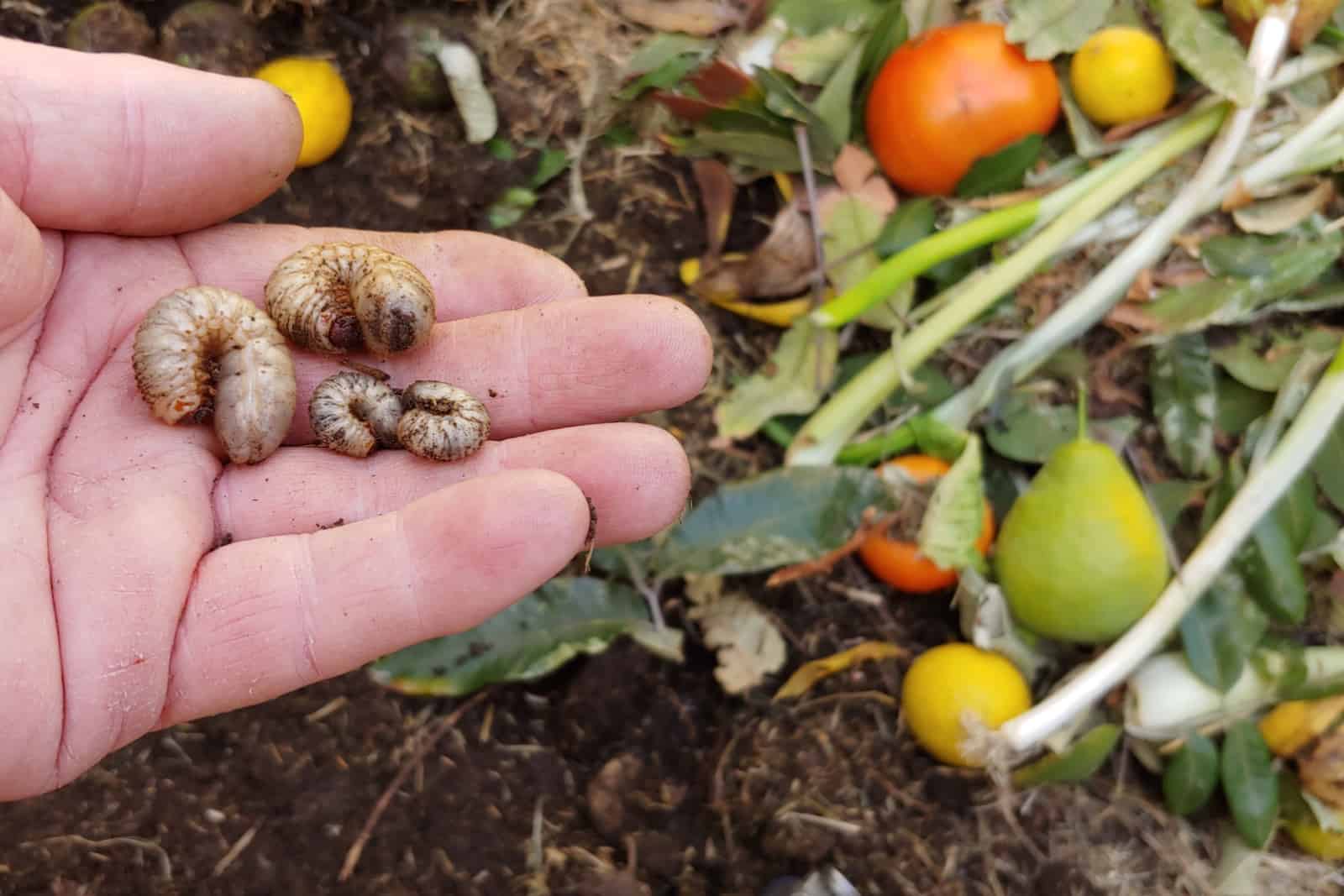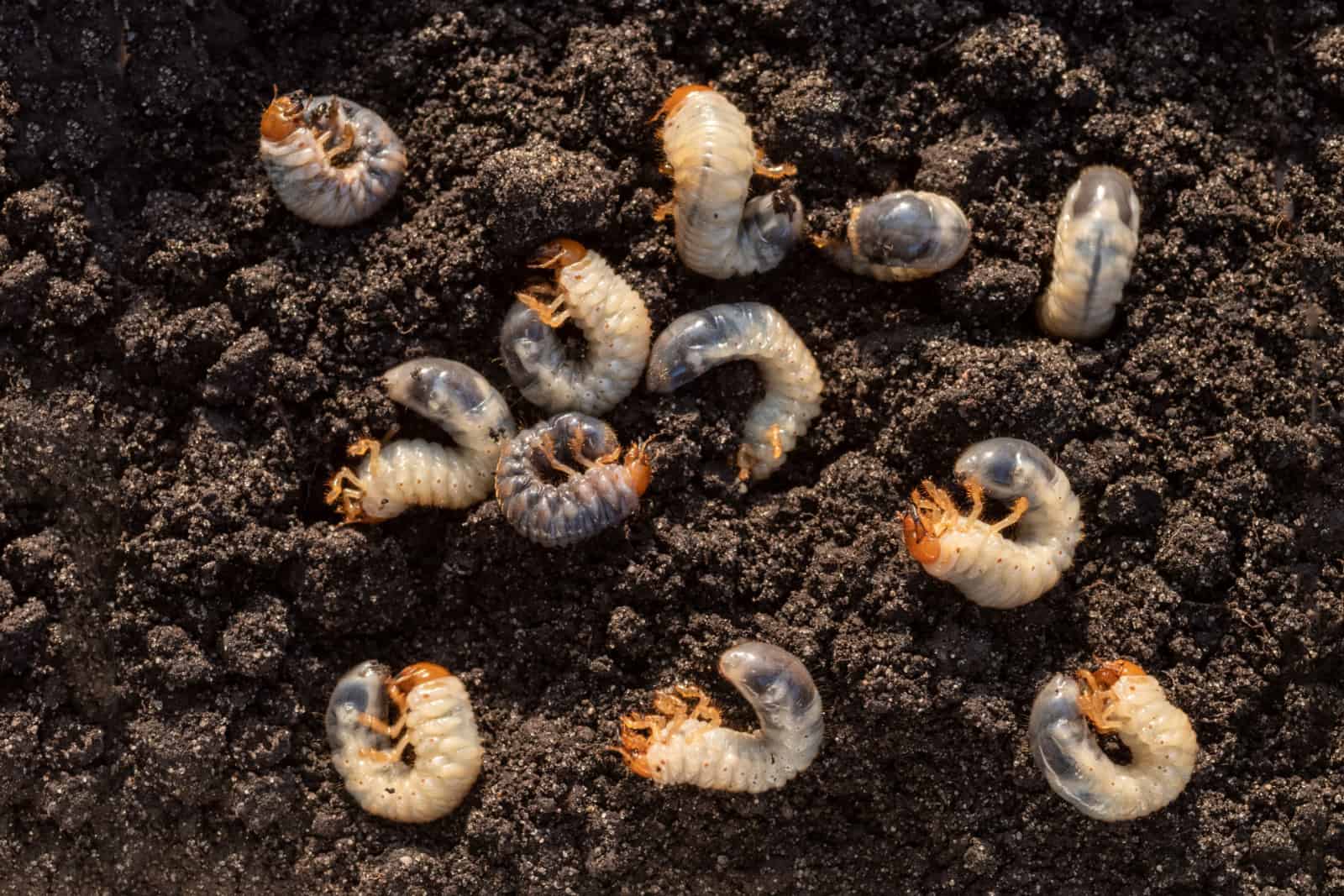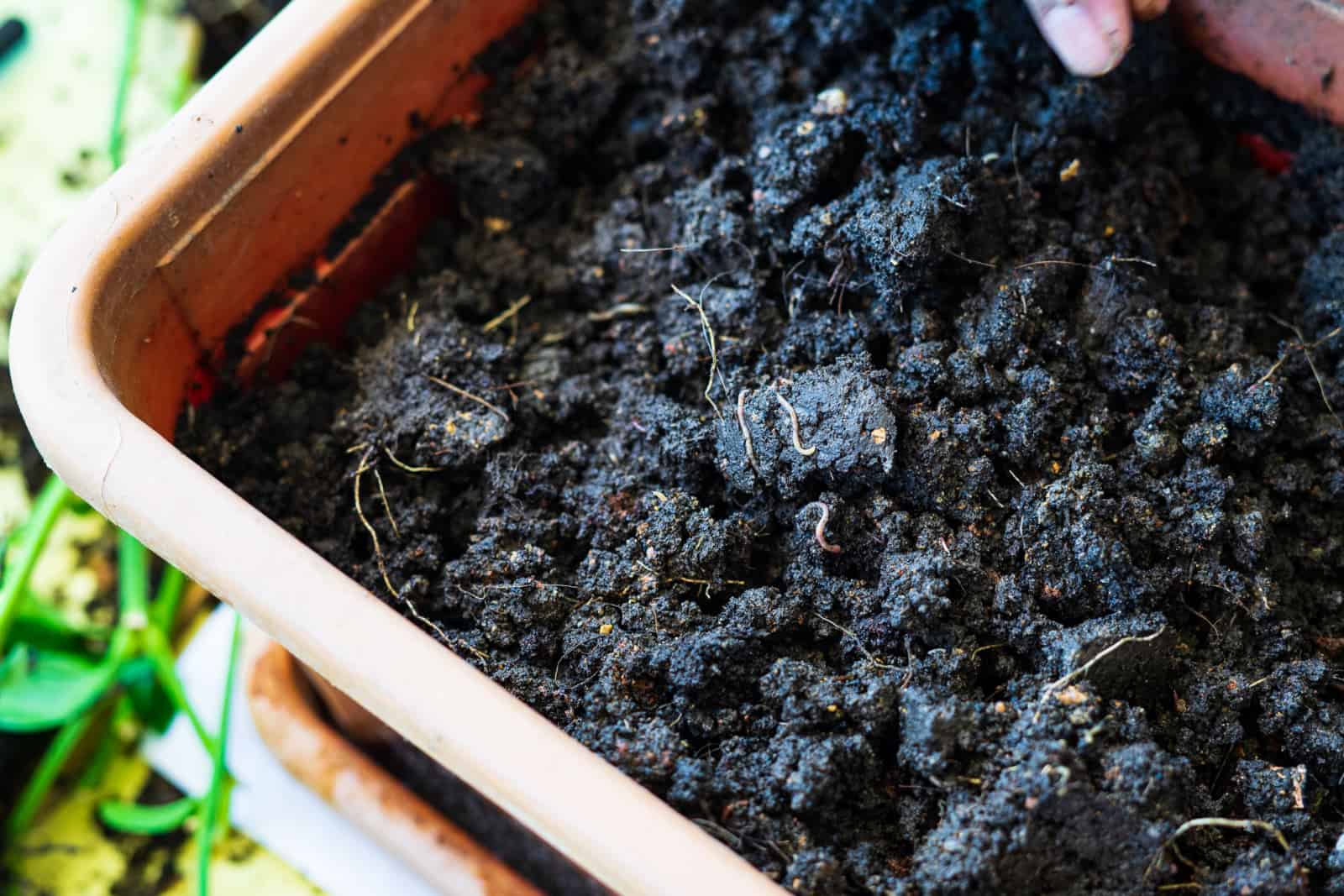As you may already know, there are plenty of good insects in your garden that can actually benefit your fruit and vegetables. However, there are also some bad insects that can harm your precious little plants.
So, how can you distinguish good insects from the bad ones?
First of all, you have to be able to identify them, and then you must find a way to get rid of them. In today’s article, we are going to discuss how to identify bad worms in garden soil, and also how to keep them away from your garden in the first place.
Let’s dive right in!
Types Of Bad Worms In Garden Soil
There are numerous microorganisms and bugs in the soil. Some of them are beneficial, but others not so much. For instance, common Earthworms are one of the good guys since they improve the quality of the soil.
On the other hand, jumping worms, nematodes, and land flatworms are the bad guys that can harm you and your plants!
Here is some information about bad worm species, and also some tips and tricks to get rid of them!
1. Land Flatworms
Land flatworms, also known as Land planarians, represent a primitive animal group called “Phylum Platyhelminthes”. There are over 900 different flatworms species out there!
These mucus-covered animals have flat, soft bodies that are unsegmented – these worms look like ribbons! They can grow about 1 foot long, though they usually grow between 0.1 to 0.6 inches long.
Land flatworms are usually found in shady areas with wet soil – under containers or pots, or even stuck to gardening tools and plastic sheets. They move only in the dark since their little eyes are sensitive to sunlight.
So, what’s so bad about these tiny worms?
Well, they are predators of the good guys in the soil. No matter the size, these worms eat anything – in fact, they are known to eat creatures that are 100 times bigger than them! So, their predatory behavior reduces the amount of useful bugs and worms in the soil, which minimizes the soil quality and also pollination in the garden.
If earthworms are not present, the fertility of the soil reduces as these worms are natural decomposers.
How To Get Rid Of Land Flatworms
It can be tricky to get rid of land flatworms. For instance, if you dig them out, any that are cut in half can regenerate and grow into two brand new worms. Therefore, removing them physically is quite difficult.
However, there are still some ways to remove these annoyances from the soil. You can use hot water – simply pouring boiling water in the areas where you spotted these worms kills both the worms and their eggs!
You can also add salt directly to the soil – these worms become so lazy and eventually die off as a result. Another great option is using vinegar or citrus oil. Lastly, you can try hydrogen peroxide or biological insecticides.
2. Jumping Worms
These little worms go by many different names, including jumping worms, crazy worms, snake worms, Alabama jumpers, Asian earthworms, and Amynthas agrestis. They belong to the family Megascoleidae.
These invasive worms can change the structure and chemistry of the soil, which makes it more susceptible to erosion. They also inhibit the growth of seedlings, affect the beneficial relationships between fungi, trees, and plants, and reduce the water absorption in the soil.
These worms arrived in North America in the 19th century, most likely from imported plants or other horticultural materials. Nowadays, they are considered to be invasive worms in the USA.
Jumping worms are usually found on the topsoil – they crawl like snakes when they are undisturbed. When disturbed, they start jumping like crazy (hence the name, “crazy worms”). They have a dark brown color and smooth bodies. These little jumping worms grow about 6 inches long.
They can be identified by clitellum – a fleshy band near the end of a worm that has a cloudy white to gray color. Interestingly, one worm can reproduce without a mate, which leads to an increased worm population!
How To Get Rid Of Jumping Worms
It is also hard to get rid of jumping worms, primarily because they have tiny cocoons that can be spread easily on shoes, tools, or other equipment. You can try catching them by hand, but you have to be quick because they are pretty slippery and fast!
There are no chemical controls that can be used to eliminate these slippery jumpers from your garden. Still, there are some non-traditional methods that can be employed. For instance, you can try combining about a third of a cup of mustard seeds with a gallon of water, and then pouring it on the soil.
Preventative measures are the best control – buy compost and mulch to reduce the spread of these invaders. Don’t share your plants with others because these cocoons are invisible. Buy your plants from reliable sources and regularly investigate them to see if there are any signs of invasion.
Plants shouldn’t be moved from a garden that has jumping worms to another location because you will ultimately just spread these pests.
3. Nematodes
Root-knot nematodes are one type of troublesome nematode that can often be found in the soil. Meloidogyne, otherwise known as root-knot nematodes, belong to the Heteroderidae family. These nematodes attack everything from weeds, trees, and grasses to fruits and veggies – root-knot nematodes are ruthless!
They are often found in subtropical and tropical regions with light soil. However, you will know that you are dealing with root-knot nematodes in the soil once your plant starts acting strange. This is because they are tiny microscopic creatures that are hardly visible by the naked eye, so you can’t identify them just by looking at the soil.
As the name suggests, these nematodes feed on plant roots. Large galls or “knots” may develop throughout the root system of affected plants as a result of nematode feeding. This can lead to a number of issues, such as preventing the plant from absorbing water and nutrients.
Eventually, the nematode infestation results in reduced crop yields, and it can also cause plant death if not treated properly.
How To Get Rid Of Nematodes
According to North Carolina State University, nematodes can be reduced by removing each crop’s roots as soon as harvest is over and then tilling the soil two to three times. Incorporating organic matter and high amounts of composted leaves, grass clippings, and manure can enhance the soil structure and improve moisture retention, thus serving as a biological control for nematodes.
Keeping ideal soil conditions for plant growth in terms of pH, fertility, and moisture will boost the tolerance of low to moderate nematode pressure, and will also make the plants less vulnerable to other stresses.
In addition, you can try solar heating under plastic or even use nematode-free soil. Ultimately, you can add pest killers or neem oil to the topsoil. Adding marigolds to the compost is also a good thing to do because they contain compounds that are toxic to root-knot nematodes.
4. Tiger Worms
Tiger worms, otherwise known as Red wiggler worms or Eisenia fetida, are a type of composting worm that can do serious damage to plant roots if left to multiply for a long period of time.
They have segmented, reddish-brown bodies with stripes, which makes them easily noticeable. They grow about 4 to 6 inches long and live in relatively moist environments.
These worms are not that bad – they can still contribute to the soil’s fertility. However, they multiply quite quickly and can create chaos around them. What’s interesting is that these little worms can eat both living vegetation and decaying material, but they don’t have teeth!
In fact, they produce digestive enzymes that help them digest the food. These worms don’t have eyes or ears, but they can detect light and heat in their environments.
How To Get Rid Of Tiger Worms
The easiest way to get rid of these worms is to hand pick them and then transfer them to a compost bin or some other location. Look carefully to see if there are any eggs or offspring in the soil.
If there is no food source, these little worms will eventually disappear.
5. Cut Worms
There are several cutworm varieties and they generally look alike. These worms have smooth bodies that usually grow about 2 inches long. Species differ from one another mainly in body color – they range from gray and black to green and pink.
Some varieties might also have spots or stripes. When these worms are disturbed, they curl into a C-shape.
These worms attack a wide range of plants in the garden. They commonly feed on cabbage, beans, celery, carrots, potatoes, corn, peppers, peas, and so on, as well as some varieties of turfgrass.
Cutworms tend to curl their bodies around plants’ stems and feed on them, which suffocates the plant at the same time. They usually feed in the evening and hide during the day.
They severely damage smaller and younger plants at the beginning of the season, though they can also do pretty serious damage to other plants.
How To Get Rid Of Cutworms
The easiest way to get rid of these worms is to introduce natural predators to the garden. For instance, wasps love munching on these little worms. Therefore, you should plant some flowers that will attract pollinators.
Birds and spiders also feed on these minibeasts when they get the chance. Still, you can apply insecticides or pesticides to the stems or leaves of your plants.
6. Grub Worms
You might have thought that we were going to talk about worms the entire time, but that’s not the case with Grub worms!
These are the larval stage of a number of distinct species of scarab-family beetles – so they are actually tiny beetle larvae. They have white and creamy bodies with orange heads. You will also spot six legs at the front of their shiny bodies.
They are also C-shaped and grow about 3 inches long. These are often mistaken for Japanese beetles since they have a similar life cycle and cause similar damage. However, grub worms can cause severe damage by eating the leaves or even entire plants.
The plants get weaker over time and eventually die off. They also infest lawns that consist of a single grass type or are overwatered or overfertilized. If you spot brown patches on your lawn, these grub worms are your primary suspects.
How To Get Rid Of Grub Worms
These worms are not always easy to remove. The best thing to do is replace the topsoil. Avoid using synthetic fertilizers for your lawn.
Be careful when watering your plants and lawn, and never give them too much water. Mow your lawn to three or four inches in height. Compact clay soils lower the rates of grub worm infestation.
Let birds and frogs pay a visit since they will eat these grub worms!
7. Pot Worms
Pot worms are thin, white, thread-like worms that usually appear in wet soils or if the soil’s pH balance has changed. They don’t cause serious problems to plants, but they can overcome other beneficial organisms in the soil.
It’s not always a bad thing to have pot worms since they do a great job of aerating the soil. This is why they are often mixed with other worms.
Still, if they are overly populated, pot worms can ultimately damage your plants.
How To Get Rid Of Pot Worms
If you add pot worms to compost and they multiply like crazy, the best thing to do is change the composition of the compost. Avoid watering for a week and dry out the compost by turning the pile frequently.
To change the pH balance, you can add some lime or phosphorus, or even some wood ashes or powdered lime.
If they are out of control, you can try removing the topsoil and adding neem oil as a repellent.
To Sum Up
It can be really tricky to get rid of bad worms in garden soil. These little annoyances can severely damage your plants, and some worm types might even kill them!
Still, there are some worm species that can be beneficial when they are not overly populated. Luckily, you can use many useful methods to get rid of these critters from the soil.
Always try natural options first. If they don’t help, use insecticides or pesticides.
That’s all, folks. I hope this article was helpful.
Until next time!

